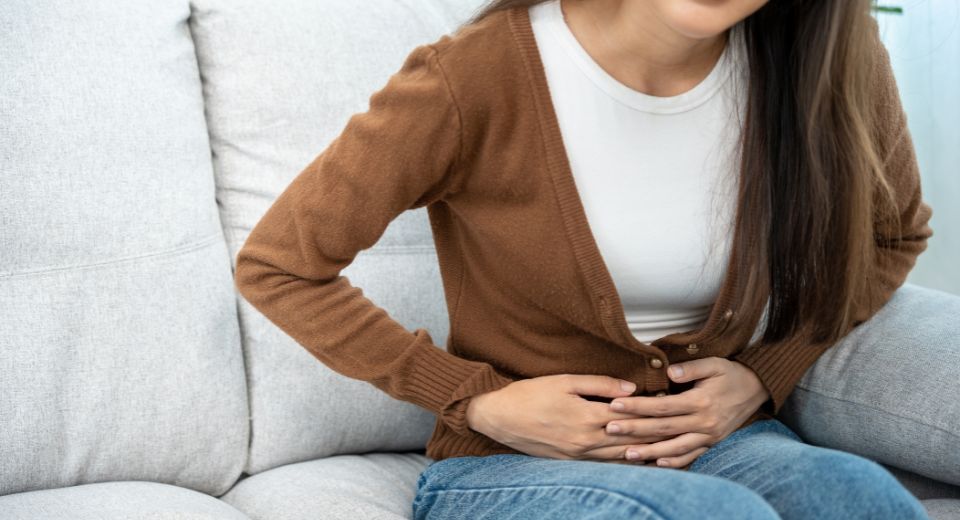
Author: Dorcas Eaves, MD
Abdominal pain is the number one non-trauma reason for patient visits to an Emergency Room. Approximately 12 million people, seen in the emergency room for this condition, are discharged from the ER with non-surgical; non-emergent conditions i.e. no serious conditions, 83% of the time.
Abdominal pain can originate in the gastrointestinal tract (GI tract) but can also come from the abdominal wall or other organ systems (referred pain). Typically abdominal pain is a crampy/colicky sensation or burning sensation and is usually short-lived. The most common condition associated with crampy/colicky pain is intestinal gas build-up. This pain is usually sharp in nature, persistent, and feels worse with coughing, laughing and walking. The most common cause is increased solid stool in the right and transverse colon areas (right side of abdomen and upper abdomen at the level of the lower ribs). The pain is the result of stretch on the bowel wall as it attempts to move the solid contents towards the rectum. Most patients feel like they are “bloated” and can feel movement inside the abdomen cavity. An easy and relatively fast remedy is a gentle laxative like Milk of Magnesia. Follow the instructions on the bottle.
Gnawing stomach pain is usually caused by peptic ulcers (increased acid production in the stomach) and is relieved by eating. On the other hand, abdominal bloating/distension after meals with vague symptoms have been associated with gallbladder problems secondary to gallstones.
If you suspect you might have an ulcer try the following before seeking medical care: Avoid spicy foods, take an over the counter (OTC) medication like Zantac and Maalox in combination 30 minutes prior to eating. This should relieve the discomfort. Most ulcers will heal in 6-8 weeks on the above regiment of an acid blocker (Zantac) and an acid neutralizer (Maalox or similar antacid).
Pain associated with Gallbladder disease usually occurs after meals. This pain is also colicky in nature but is usually located in the right upper quadrant area of the abdomen. Gallbladder stones are the culprit. These stones are passed from the gallbladder into the intestinal tract when the bile is release to digest protein products which is a necessary part of digestion. The pain is caused by these tiny stones getting caught in a narrow channel between the gallbladder and the intestines. The stone(s) will usually pass “on its own” and when this happens the pain resolves.
You can decrease gallbladder pain by decreasing or eliminating “fatty food” products. This includes fried foods, meat, chicken/turkey, lamb, pork. Don’t forget that many cheese products contain some degree of “fat”. If you suspect you might have gallstones see your physician for a full evaluation.
The information provided is for general interest only and should not be misconstrued as a diagnosis, prognosis or treatment recommendation. This information does not in any way constitute the practice of medicine, or any other health care profession. Readers are directed to consult their health care provider regarding their specific health situation. Marque Medical is not liable for any action taken by a reader based upon this information.

